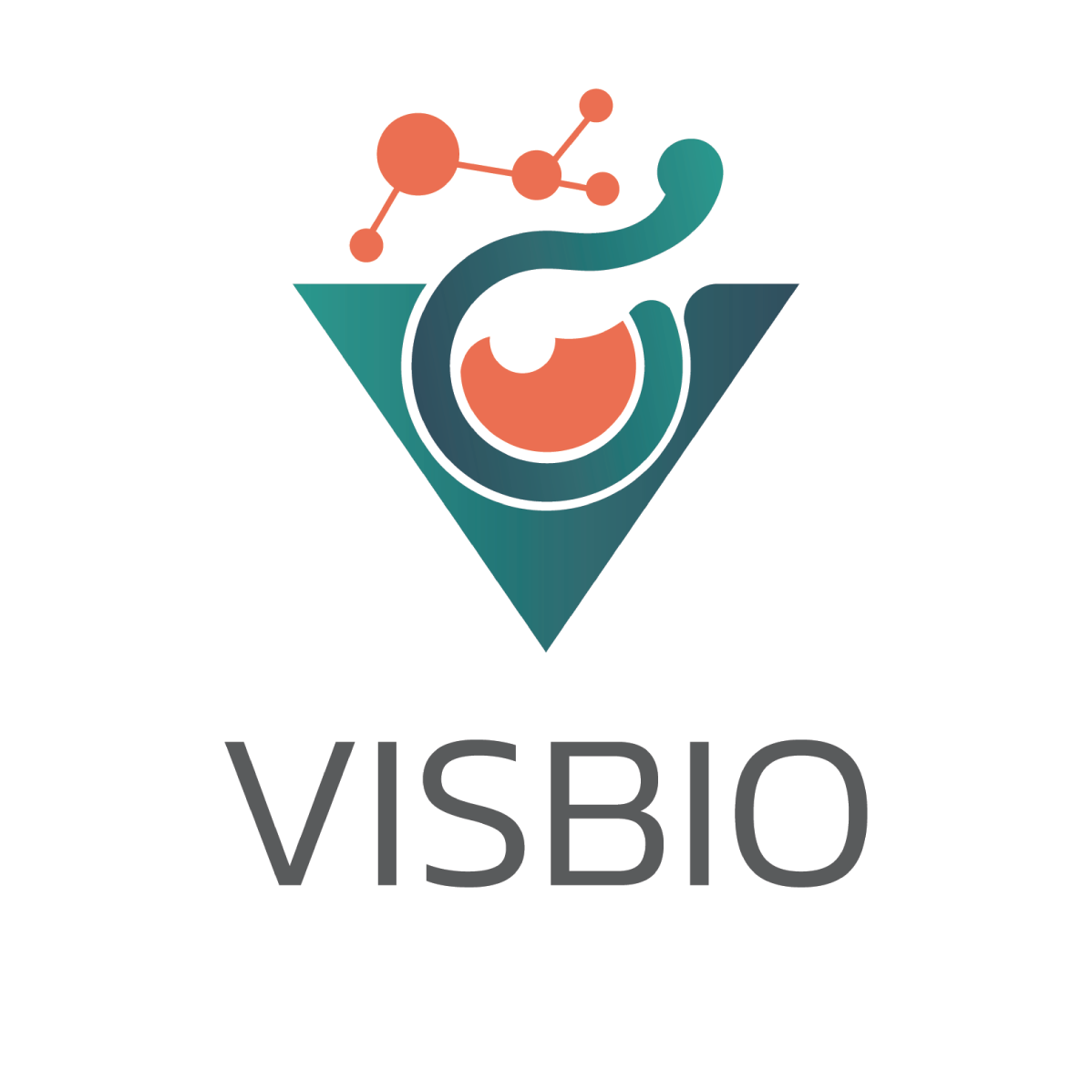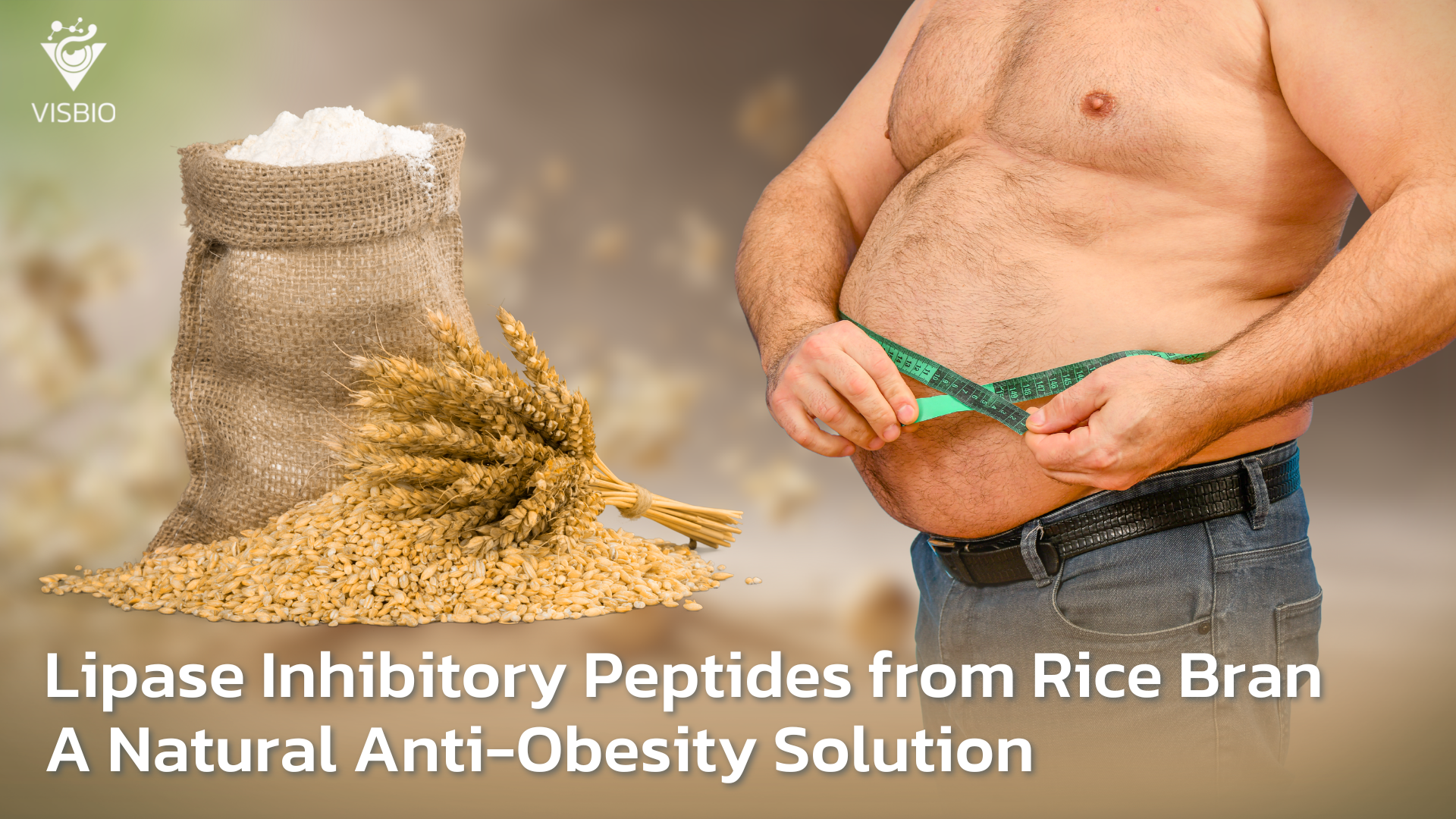The escalating global obesity crisis represents one of the most significant public health challenges of our time, intrinsically linked to a higher risk of debilitating conditions like type II diabetes, coronary heart disease, and hypertension. This has ignited a massive and sustained demand for safe, effective, and scientifically validated weight management solutions. A cornerstone of medical anti-obesity strategy is the inhibition of pancreatic lipase, the primary enzyme the body uses to digest and absorb dietary fats. This article delves into a pioneering research study, co-authored by Associate Professor Dr. Kiattawee Choowongkomon, that meets this market need by using biotechnology to create potent lipase inhibitory peptides.
While pharmaceutical options like Orlistat are available, their potential for gastrointestinal side effects has fueled a strong consumer and industry pivot towards natural, plant-based alternatives. The research showcases a remarkable journey of scientific innovation, where a common agricultural byproduct—de-oiled rice bran—is transformed into a source of uniquely potent peptides. This discovery creates substantial commercialization opportunities for the nutraceutical, functional food, and healthcare industries by offering a powerful, natural tool for managing fat absorption.
The Scientific Strategy Inhibiting Lipase for Healthier Outcomes
The fundamental principle behind this innovative approach to weight management is elegantly simple: control fat absorption at its source. The enzyme pancreatic lipase, produced by the pancreas, plays an indispensable role in digestion. It acts as a molecular scissor, breaking down complex dietary fats (triglycerides) from our food into simpler forms (monoglycerides and free fatty acids) that can be readily absorbed by the intestines and stored in the body. By finding natural compounds that can effectively inhibit or “turn off” this enzyme, a greater portion of ingested fat can pass through the body without being absorbed.
This directly reduces the caloric impact of fatty foods and serves as a powerful, non-invasive strategy to combat obesity. This research focused on discovering and isolating such natural inhibitors, known as bioactive peptides, from a novel, sustainable, and globally abundant source. The goal was to find a peptide that could perform this function with high potency and a superior safety profile compared to existing synthetic options, providing a clean-label solution that aligns with modern consumer values for natural health management.
The Sustainable Source Unlocking the Value in De-Oiled Rice Bran
This study’s brilliance lies not only in its outcome but also in its sustainable methodology. The raw material, de-oiled rice bran (DORB), is a widely available and low-cost byproduct of the thriving rice bran oil industry. While often overlooked or relegated to low-value applications like animal feed, DORB is a nutritional powerhouse, containing a significant protein content of nearly 20%. This research reframes DORB as a valuable resource, a perfect starting point for creating high-value health ingredients.
Through a precise process of enzymatic hydrolysis using the food-grade enzyme Alcalase®, the research team skillfully unlocked the potential within these proteins. This process carefully breaks them down into smaller, highly functional bioactive peptides, which are then released from the larger protein structures. This “waste-to-wealth” paradigm is a perfect example of the circular economy in action. It provides a clear pathway to create premium, high-demand health ingredients while simultaneously reducing industrial waste and adding significant value back into the agricultural supply chain.
Precision Engineering Optimizing the Creation of Lipase Inhibitory Peptides
The production of highly effective bioactive peptides is not a matter of chance, but of meticulous scientific optimization. To ensure the final peptide mixture had the maximum possible potency, the research team utilized Response Surface Methodology (RSM), a powerful statistical approach for perfecting process conditions. Through a series of controlled experiments, they systematically adjusted key variables—temperature, processing time, and enzyme concentration—to identify the absolute best formula for generating lipase inhibitory peptides.
The optimal conditions were determined to be a precise temperature of 49.88°C, a duration of 150.43 minutes, and an Alcalase® concentration of 1.53%. The DORB protein hydrolysate produced under these exact parameters was exceptionally active. It demonstrated a potent lipase-inhibiting IC50 value of just 2.84 μg/mL. An IC50 value is the concentration required to inhibit 50% of the enzyme’s activity; a lower number signifies a more powerful substance. This strong initial result confirmed that the “soup” of mixed peptides was already a highly effective ingredient.
Isolating a Novel Anti-Obesity Peptide FYLGYCDY
With a highly active hydrolysate in hand, the scientific team embarked on a sophisticated, multi-step purification journey to pinpoint the single peptide molecule responsible for this powerful biological effect.
- Ultrafiltration: First, the hydrolysate underwent ultrafiltration, a process that separates molecules by size. This step confirmed the hypothesis that smaller peptides are often more biologically active, as the fraction containing molecules with a molecular weight of less than 0.65 kDa showed very strong inhibitory properties.
- RP-HPLC Purification: Next, this highly active, low-molecular-weight fraction was subjected to RP-HPLC (Reversed-Phase High-Performance Liquid Chromatography). This is a high-resolution technique that separates peptides based on their hydrophobicity (their affinity for oil vs. water), allowing for extremely fine purification. This step isolated a specific sub-fraction, labeled F2, which was found to be the most effective, boasting an even more impressive IC50 value of 0.9109 μg/mL.
- Peptide Identification: Finally, using state-of-the-art LC-MS/MS mass spectrometry, the exact amino acid sequence of the peptide in this elite F2 fraction was identified. The sequence was revealed to be Phe-Tyr-Leu-Gly-Tyr-Cys-Asp-Tyr (FYLGYCDY), a completely novel discovery. To confirm its power, this peptide was chemically synthesized in its pure form and tested, revealing an outstandingly potent IC50 value of 0.47 μM.
Unveiling a Sophisticated Mechanism of Action
One of the most compelling findings of the research was how the FYLGYCDY peptide functions. The study employed two different methods to understand its mechanism. Standard laboratory kinetic analysis (a Lineweaver-Burk plot) showed the peptide to be a non-competitive inhibitor. This means it binds to a location on the lipase enzyme separate from the main active site, subtly changing the enzyme’s structure to make it less efficient.
However, a molecular docking simulation, a powerful computer model that predicts physical interactions—suggested a competitive binding type, where the peptide interacts with the enzyme’s catalytic site. The researchers concluded that this seemingly contradictory evidence points to a highly sophisticated and unique mechanism. The peptide likely binds near the active site in a way that physically blocks the channel, preventing large fat molecules from entering. Most notably, the peptide’s predicted binding score (122.54) was significantly higher than that of the pharmaceutical drug Orlistat (101.44), suggesting that FYLGYCDY has the potential to be an even more effective inhibitor.
Commercial Opportunity for Lipase Inhibitory Peptides from Rice Bran
This landmark research provides a robust, scientifically-defensible foundation for creating next-generation products in the booming natural health market. For companies in the nutraceutical, functional food, and dietary supplement sectors, the discovery of FYLGYCDY is a direct gateway to innovation and market leadership.
- High-Value Product Development: This novel peptide is the ideal active ingredient for a new line of premium weight management products. Imagine a pre-meal capsule designed to reduce fat absorption, a high-protein functional food bar that aids in weight control, or a powdered supplement that can be added to shakes and smoothies. The possibilities for product development are extensive.
- Compelling Brand Story: The “plant-based,” “natural,” and “sustainable” attributes are powerful market drivers. A brand built around a “waste-to-wealth” ingredient sourced from rice bran, validated by rigorous science, creates a narrative that resonates deeply with modern consumers and builds lasting brand loyalty.
- Intellectual Property and Market Protection: A novel, characterized, and effective peptide like FYLGYCDY is a prime candidate for patent protection. Securing the intellectual property for this technology creates a strong competitive moat, ensuring long-term market exclusivity and a significant return on investment.
Partnering with VISBIO to Pioneer the Future of Nutraceuticals
The journey from a laboratory breakthrough like the discovery of the FYLGYCDY peptide to a global market success is built on strategic partnership. This study is a testament to the power of industry-academia collaboration to solve real-world problems. It successfully charts a course from an underutilized agricultural byproduct to a highly potent, value-added health ingredient. We invite innovative companies in the health and wellness space to explore the vast commercialization opportunities this technology offers. Contact us today for a free, no-obligation consultation to learn how you can harness this cutting-edge research to develop your next market-defining product.

About the Author:
Associate Professor Dr. Kiattawee Choowongkomon is a leading expert in biochemistry and proteomics, specializing in the development of bioactive compounds for therapeutic applications. His research bridges traditional medicinal knowledge with modern scientific innovation, creating impactful health solutions.


